Oklahoma City bombing: 20 years later, key questions remain unanswered
Timothy McVeigh and Terry Nichols faced three trials and a vast FBI investigation – but many details of their attack remain unexplained
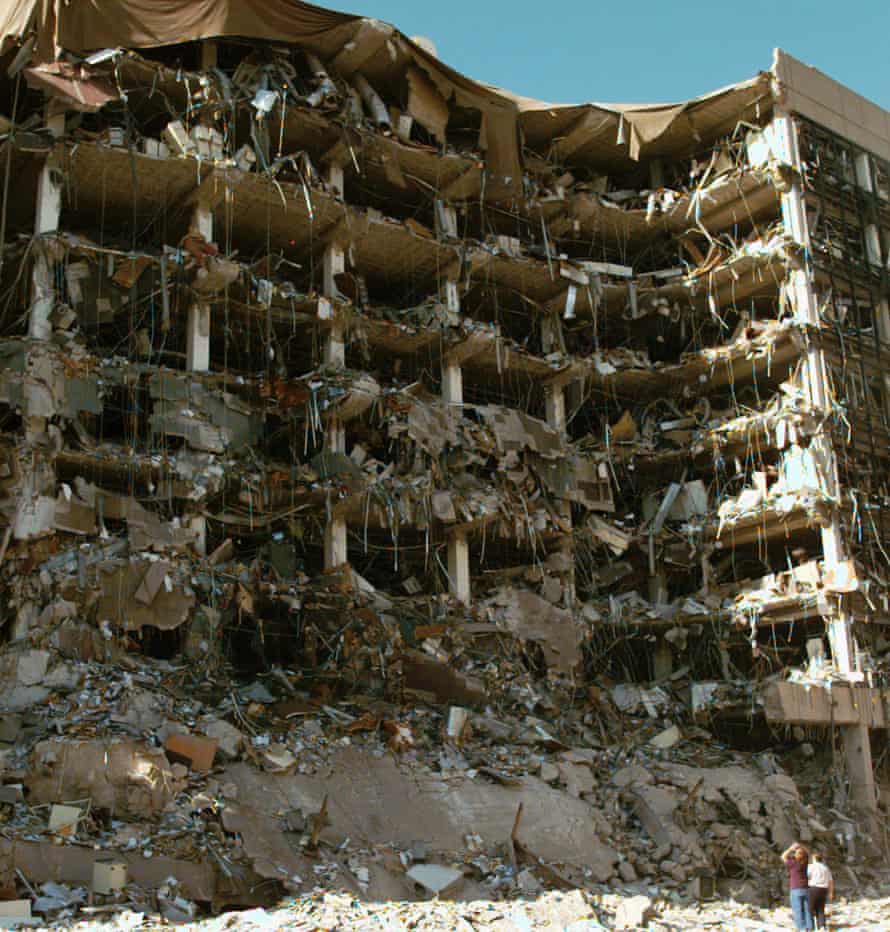
Twenty years ago, on 19 April 1995, a disaffected veteran named Timothy McVeigh drove a Ryder truck stuffed with explosives into downtown Oklahoma City and destroyed a federal office building, killing 168 people, including 19 children, and maiming hundreds of others. That much we know.
We also know that, within 90 minutes of the bombing, McVeigh was pulled over near the Kansas border and arrested, alone, at the wheel of a glaringly improbable getaway car, an ancient, spluttering rust bucket of a Mercury sedan with no license plates, which made him a sitting duck for any passing highway patrolman.
How could such a callous, carefully planned attack have come to such an incongruously slapdash end? After a vast investigation headed by the FBI, three trials mounted against McVeigh and his co-conspirator, Terry Nichols, and an avalanche of court documents, there is still no definitive answer to that question.
Perhaps the most striking thing about the Oklahoma City bombing – by far the most destructive act perpetrated by a home-grown assailant against fellow Americans – is not how much we’ve learned over the past 20 years but rather how much we still do not know.
Despite the government’s insistence that the case has been solved, we don’t know the exact origin of the plot or how many people carried it out. The federal indictment against McVeigh and Nichols – the latter fronted the money and did most of the bomb’s construction for McVeigh – made specific mention of “others unknown”, and when their trials were almost over, the presiding judge publicly urged the FBI and other law enforcement agencies to keep investigating. The plea fell largely on deaf ears.
We don’t know how McVeigh and Nichols learned to build a fertiliser bomb of such size and power. (Neither received more than rudimentary explosives training when they served together in the Army, and their early experiments with smaller devices were haphazard at best.) We don’t know the identities of the other people seen with McVeigh on the morning of the bombing – only that more than 20 eyewitnesses were unanimous in telling the FBI he was not alone.
There is no ready explanation for a different Ryder truck seen by witnesses at McVeigh’s motel in Kansas and at the state park where the bomb was assembled in the week leading up to the bombing; no explanation for the other people seen inside McVeigh’s motel room during the same period; no satisfactory explanation of the fact that two people were seen renting the bomb truck on 17 April, neither of them entirely fitting McVeigh’s description.
An examination of the official investigative files on the Oklahoma City bombing – about a million pages of material – does little to bolster the assertion of Frank Keating, a former FBI agent who was Oklahoma governor in 1995, that “two evil men did this and two evil men paid”.
Rather, it does the opposite. The impression, confirmed by the memories of front-line investigators and lawyers who prosecuted the case but did not speak independently about it for many years, is of leads left dangling or shut down instead of being pursued with the FBI’s customary vigour. Obvious suspects were offered deals by government prosecutors, usually but not always in exchange for their testimony. Others slithered down the priority list until they were lost or forgotten. Half a dozen rightwing radicals fingered as possible suspects by government informants or by fellow anti-government warriors were not questioned about the bombing, even when it became clear they had lied about their whereabouts on 19 April.
A bigger issue, which would re-emerge in the wake of the 9/11 attacks, was chronic interagency rivalry. In 1995, the FBI and the Bureau of Alcohol, Tobacco and Firearms (ATF) were both monitoring the radical far right, but trust between the two was at rock bottom following a disastrous ATF raid two years earlier on a religious compound outside Waco, Texas, and an ensuing FBI-led siege that ended with the place burning to the ground. More than 80 people died.
In early 1995, the ATF didn’t tell the FBI it had an informant inside a remote community in eastern Oklahoma, that the informant had reported talk of bombings, and that the ATF – afraid of triggering another Waco – had decided to pull the informant out rather than act on her information. McVeigh telephoned the community, Elohim City, two weeks after the informant was shut down, and there are multiple indications he came visiting days later in search of recruits. John Magaw, who was ATF director in 1995, said in a 2010 interview with me that if the informant had been kept on, the bomb plot may have been thwarted.
The FBI, meanwhile, had its own troubled history with Elohim City. Since influential players in both agencies were reluctant to open that can of worms, it remained largely unopened – to the fury of investigators, including Danny Defenbaugh, who ran the task force for more than two years. “When you get agencies working together in a joint Task Force, they should be holding hands, not keeping their fingers crossed behind their backs,” Defenbaugh said. “Sometimes dealing with other players in this is like pulling teeth from a toothless tiger.”
The Justice Department felt pressure to win what was turning into a frustratingly circumstantial case, especially against McVeigh. Prosecutors knew McVeigh was guilty and were pretty sure it was his idea to park the truck bomb directly beneath the daycare centre at the Alfred P Murrah federal building. Their challenge, though, was to prove it without raising significant questions about others they could not catch, or whose involvement they could not demonstrate beyond a reasonable doubt.
And so, a month into the investigation, the desire to keep looking for other suspects or sniff around places like Elohim City started giving way to a contrary impulse not to overcomplicate the story or give ammunition to the defence at trial. Even as the government struggled to find conclusive evidence that McVeigh had been at the key locations in the bomb plot, or had been there with nobody but Nichols, his role was expanded in the official narrative from leading suspect to solo mastermind.
“If you convicted him [McVeigh] but did not get the death penalty, that would not be okay,” said Scott Mendeloff, one of the McVeigh prosecutors. “We could not lose this … It was like a pressure cooker.”
They did not lose.
An unrepentant McVeigh chose in the end to speed up his own death sentence. He waived his right to further appeals, reinforced the government’s “mastermind” theory of the bombing with a self-aggrandizing book-length account to two reporters, and went to the execution chamber in 2001.
‘A thousand points of resistance’
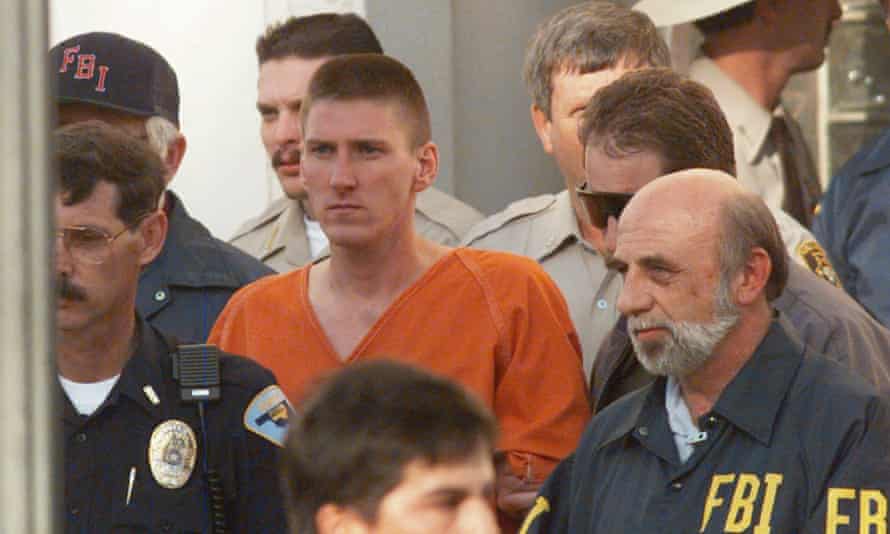
It’s not just conspiracy theorists who doubt McVeigh dreamed up the plot by himself and carried it out with just Terry Nichols for help.
Larry Mackey, the No 2 prosecutor against McVeigh and the lead prosecutor against Nichols, has acknowledged his team did not entirely believe it, either. “If you had said to us: ‘Anybody in the room 100% confident that McVeigh was alone, raise your hand,’ we would have all kept our hands in our laps,” Mackey told me in 2010.
But if the official narrative of the bombing is incomplete or wrong, what really happened?
One thing the prosecutors stripped away at trial was the vital context of the radical anti-government movement, which in the early 1990s was in ferment over what it saw as crypto-fascist government tactics at Waco and at a mountainside siege at Ruby Ridge, Idaho, in which a government sharpshooter killed the wife of a survivalist holding her 14-month-old baby in her arms.
In 1992, a propagandist named Louis Beam – described by a senior ATF investigator as “the most dangerous man in America” – gave a speech to fellow radicals calling for “a thousand points of resistance”. It was time, he said, “to fertilise the tree of liberty with the blood of both patriot and tyrant” (a line almost identical to the slogan McVeigh had on his t-shirt when he was arrested). Beam advocated the formation of small, secretive cells that would carry out attacks at the direction, but without the specific knowledge, of the movement leadership.
In 1994, Beam told a career criminal named Roy Byrd – who later told the FBI – that “something big” would happen in Oklahoma City, Denver or Dallas on 19 April 1995, the second anniversary of the fire that ended the Waco siege. “They’ve got some kid who’s going to do something,” Beam reportedly said. (The government never interviewed Beam to find out more.)
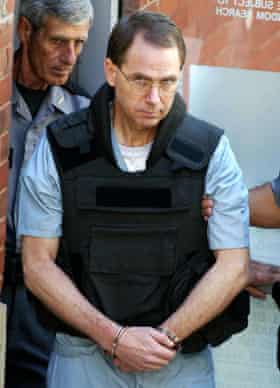
The original plan, according to several sources, including an FBI informant, had been to blow up not the Murrah building but the federal courthouse next door. The two buildings shared an underground garage and McVeigh’s crew was supposed to plant the bomb there, much as Ramzi Yousef had planted a fertiliser bomb beneath the World Trade Center in New York two years earlier – an attack McVeigh had studied and vowed to improve upon.
The Ryder truck was first seen downtown around 8am, 50 minutes before McVeigh later claimed to have arrived, but could not get into the garage because the truck was too tall – a clamorous miscalculation confirmed to the Guardian by both senior government sources and members of the radical far right. There followed a nerve-wracking hour in which people and vehicles associated with the Ryder truck were spotted several times around downtown and adjoining neighborhoods.
Plan B was, apparently, to park the truck in an alley between the federal courthouse and the Old Post Office building, site of Oklahoma’s main bankruptcy court. But the truck had to back out of the alley, said multiple sources, because a US Marshals Service truck was already there dropping off a prisoner.
Parking the bomb in the handicapped spot directly below the daycare centre was Plan C and – as far as anyone can tell – McVeigh’s idea alone. If, as seems likely, McVeigh was left suddenly alone at this point, the 18-year-old Mercury Marquis may have been the only car available to him. Everything about it, including the missing license plates and the propaganda materials left on the front passenger seat, suggest it was meant to be kept close to the bomb site and provide a “signature” for the attack. It became a getaway car only as a desperation measure.
America’s forgotten tragedy
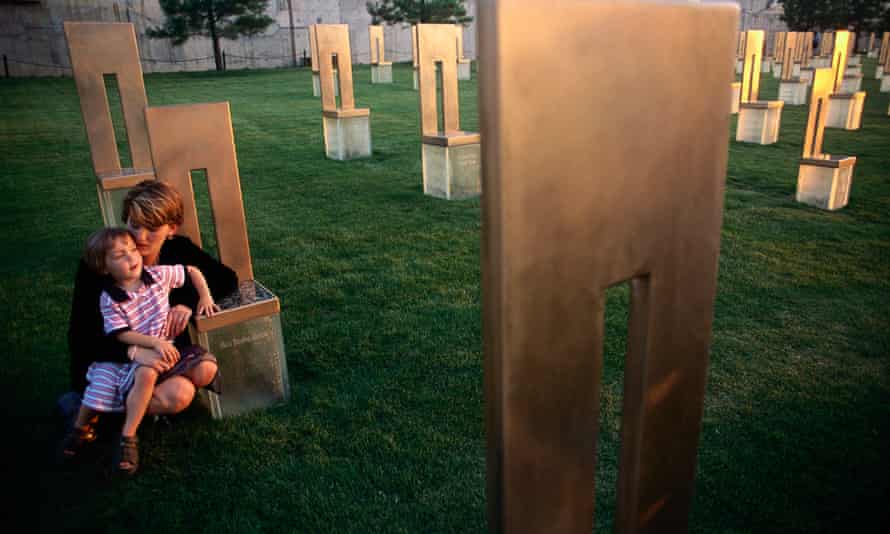
Who were the other people seen with McVeigh? We don’t know, although members of McVeigh’s subculture have certainly pointed fingers – at residents of Elohim City; at a chemist living in the Arizona desert whom McVeigh tried to recruit; and at a white supremacist punk rocker-turned-bank robber named Kevin McCarthy, who lied twice to the FBI about his whereabouts on 19 April but whose information was not shared with the bombing task force because he was being relied upon as a government witness in the bank robbery case.
We also don’t know the identities of the original John Does One and Two – the people who rented the bomb truck under an alias in Junction City, Kansas, and whose sketches were circulated widely in the days after the bombing. The FBI could never convincingly show how McVeigh got to the rental shop himself from a McDonald’s where he was captured on surveillance tape shortly before the time stamp on the rental agreement. It’s possible that whoever did rent the truck played no further part in the conspiracy.
What we do know is that the government showed little interest in answering these questions once the case against McVeigh and Nichols was set. The Clinton administration wanted convictions and “closure”. The FBI director Louis Freeh was engaged in a war of attrition against many of his own senior investigators over personality clashes. Some of the FBI’s best and brightest were either distracted or prevented from doing what should have been the crowning job of their careers.
Oklahoma City has come to be overshadowed, of course, by the even bigger atrocities of 9/11 and all the geopolitical earthquakes that have followed. It is, in many ways, America’s forgotten tragedy, and that constitutes a failure in and of itself.
- Andrew Gumbel is the author, with Roger G Charles, of Oklahoma City: What the Investigation Missed – and Why It Still Matters
… we have a small favour to ask. You’ve read
in the last year, making you one of our top readers globally. Tens of millions have placed their trust in the Guardian’s high-impact journalism since we started publishing 200 years ago, turning to us in moments of crisis, uncertainty, solidarity and hope. More than 1.5 million readers, in 180 countries, have recently taken the step to support us financially – keeping us open to all, and fiercely independent.With no shareholders or billionaire owner, we can set our own agenda and provide trustworthy journalism that’s free from commercial and political influence, offering a counterweight to the spread of misinformation. When it’s never mattered more, we can investigate and challenge without fear or favour.
Unlike many others, Guardian journalism is available for everyone to read, regardless of what they can afford to pay. We do this because we believe in information equality. Greater numbers of people can keep track of global events, understand their impact on people and communities, and become inspired to take meaningful action.
We aim to offer readers a comprehensive, international perspective on critical events shaping our world – from the Black Lives Matter movement, to the new American administration, Brexit, and the world's slow emergence from a global pandemic. We are committed to upholding our reputation for urgent, powerful reporting on the climate emergency, and made the decision to reject advertising from fossil fuel companies, divest from the oil and gas industries, and set a course to achieve net zero emissions by 2030.
If there were ever a time to join us, it is now. Every contribution, however big or small, powers our journalism and sustains our future.
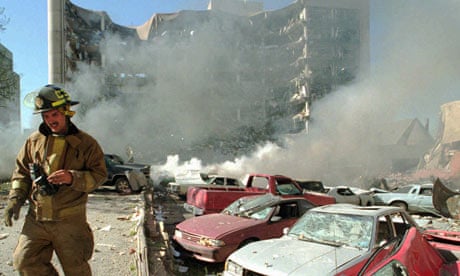

No comments:
Post a Comment
Note: Only a member of this blog may post a comment.